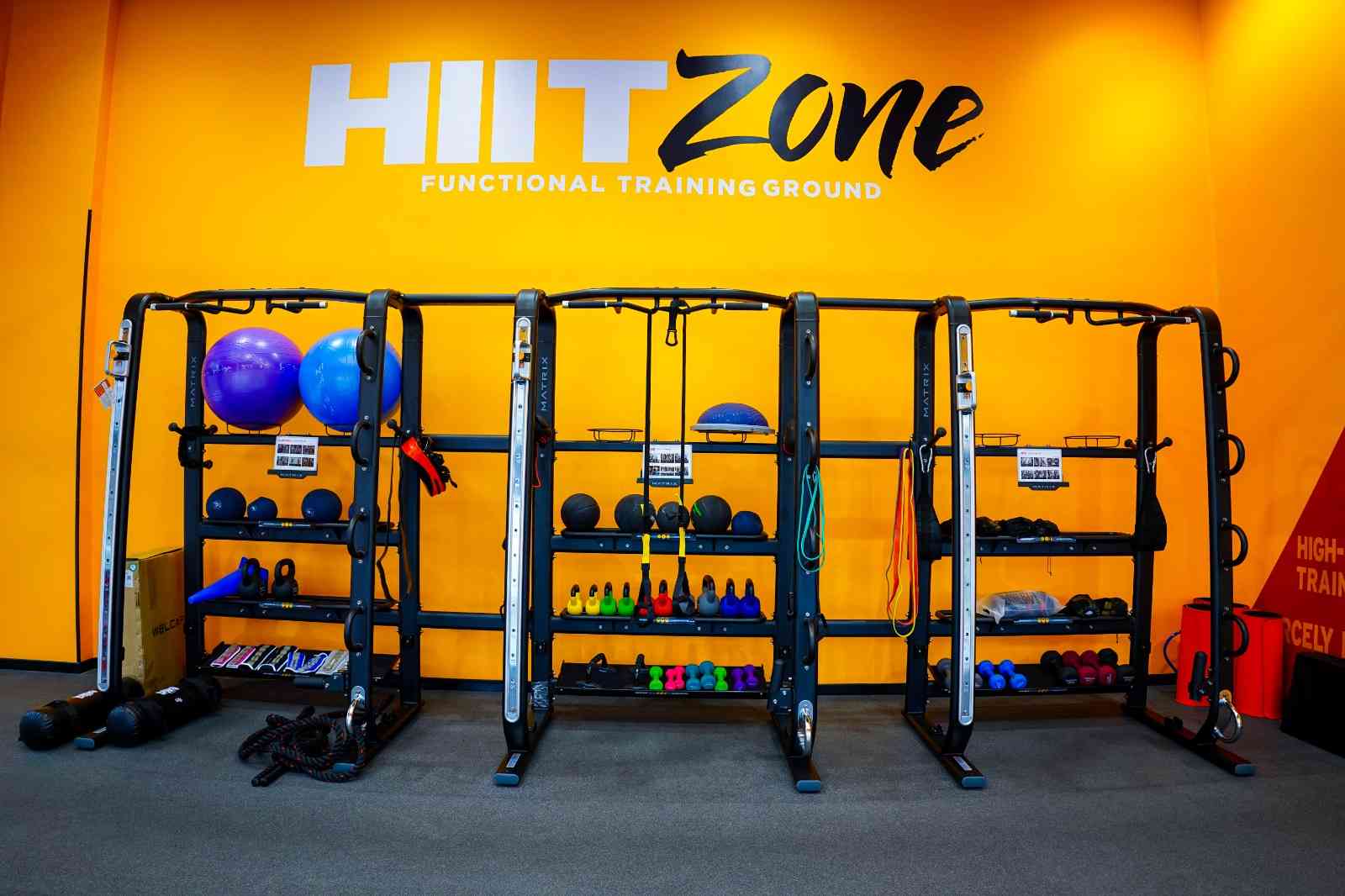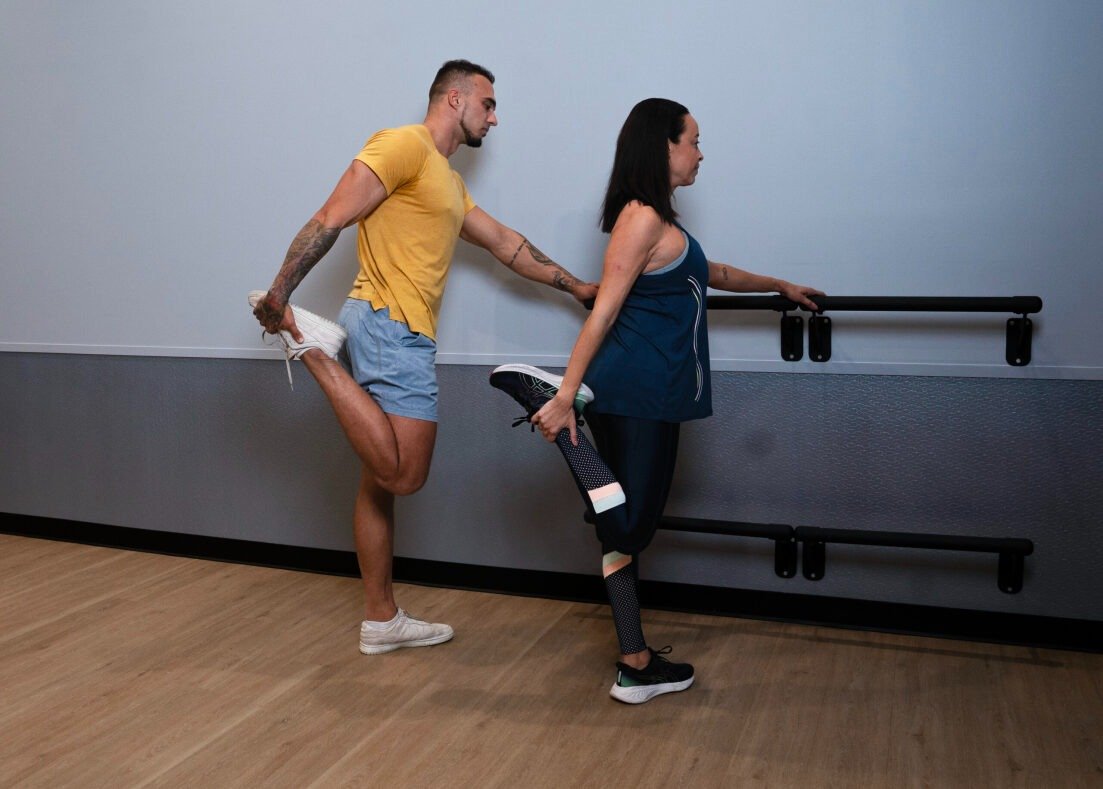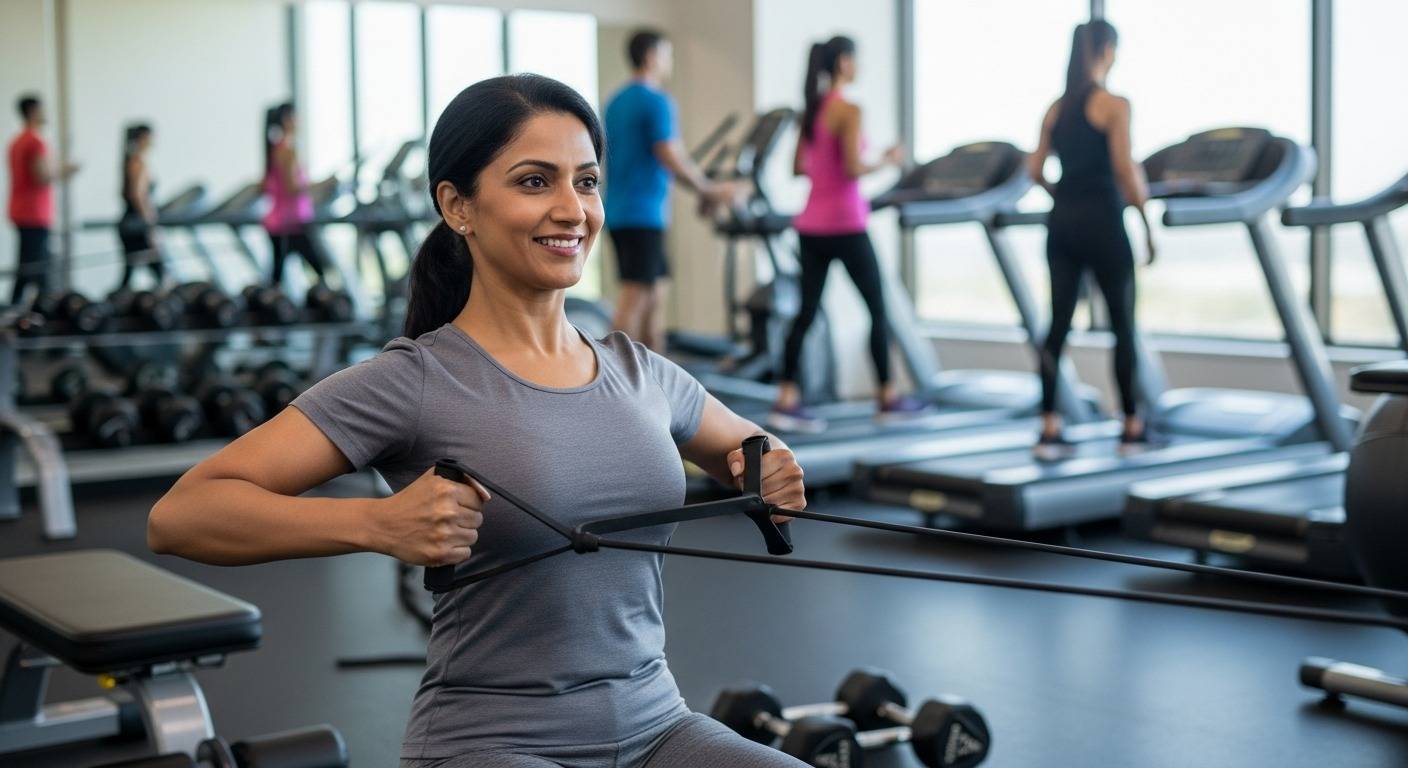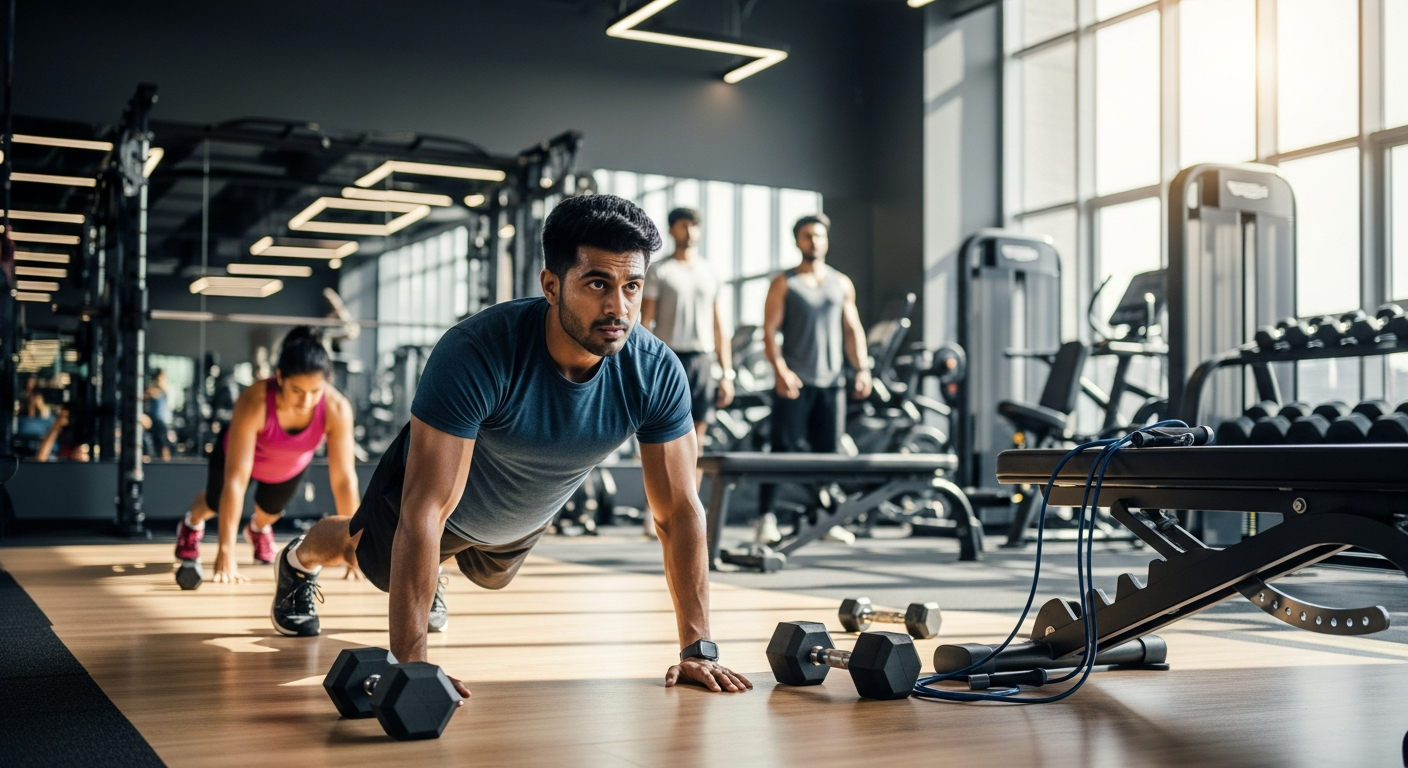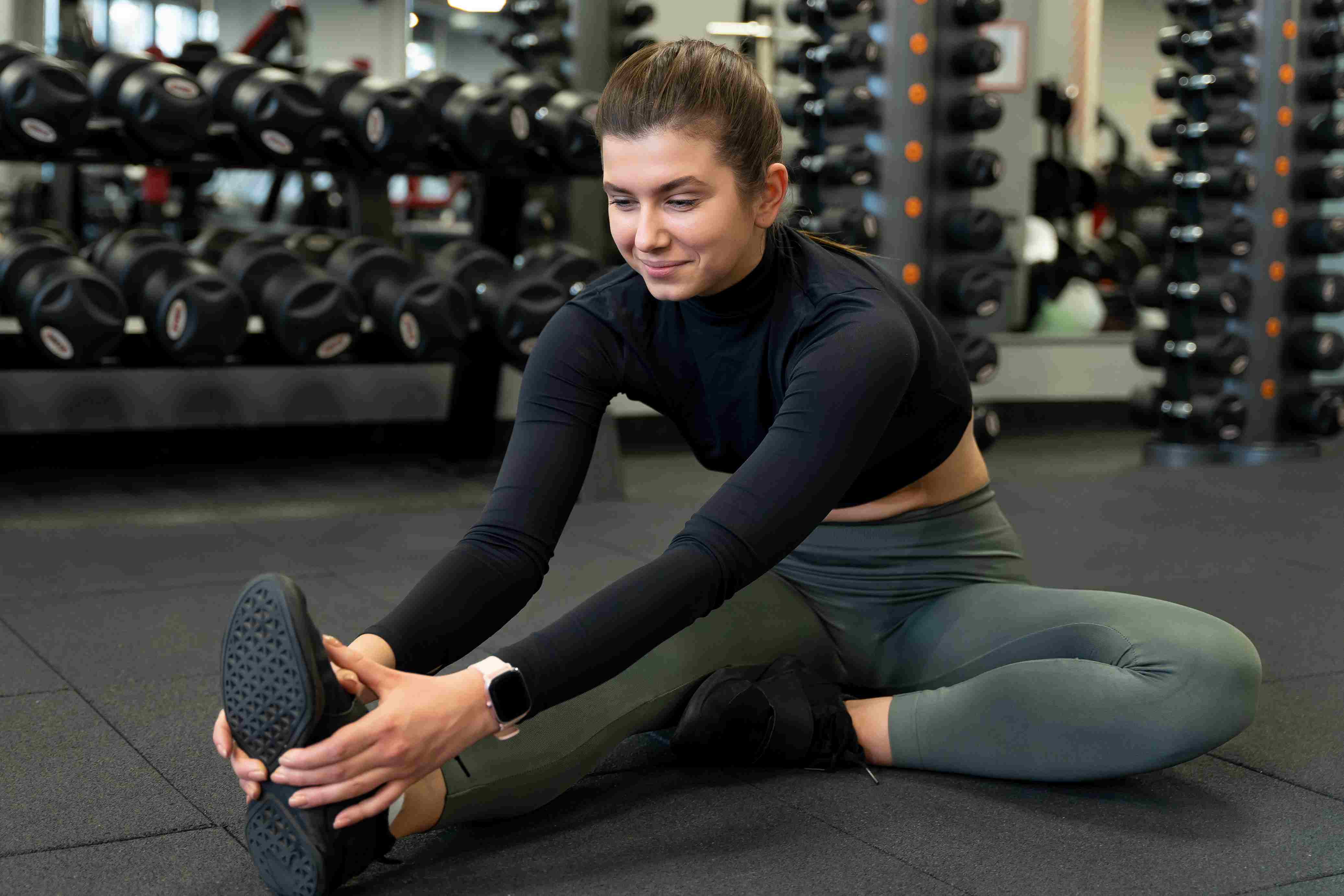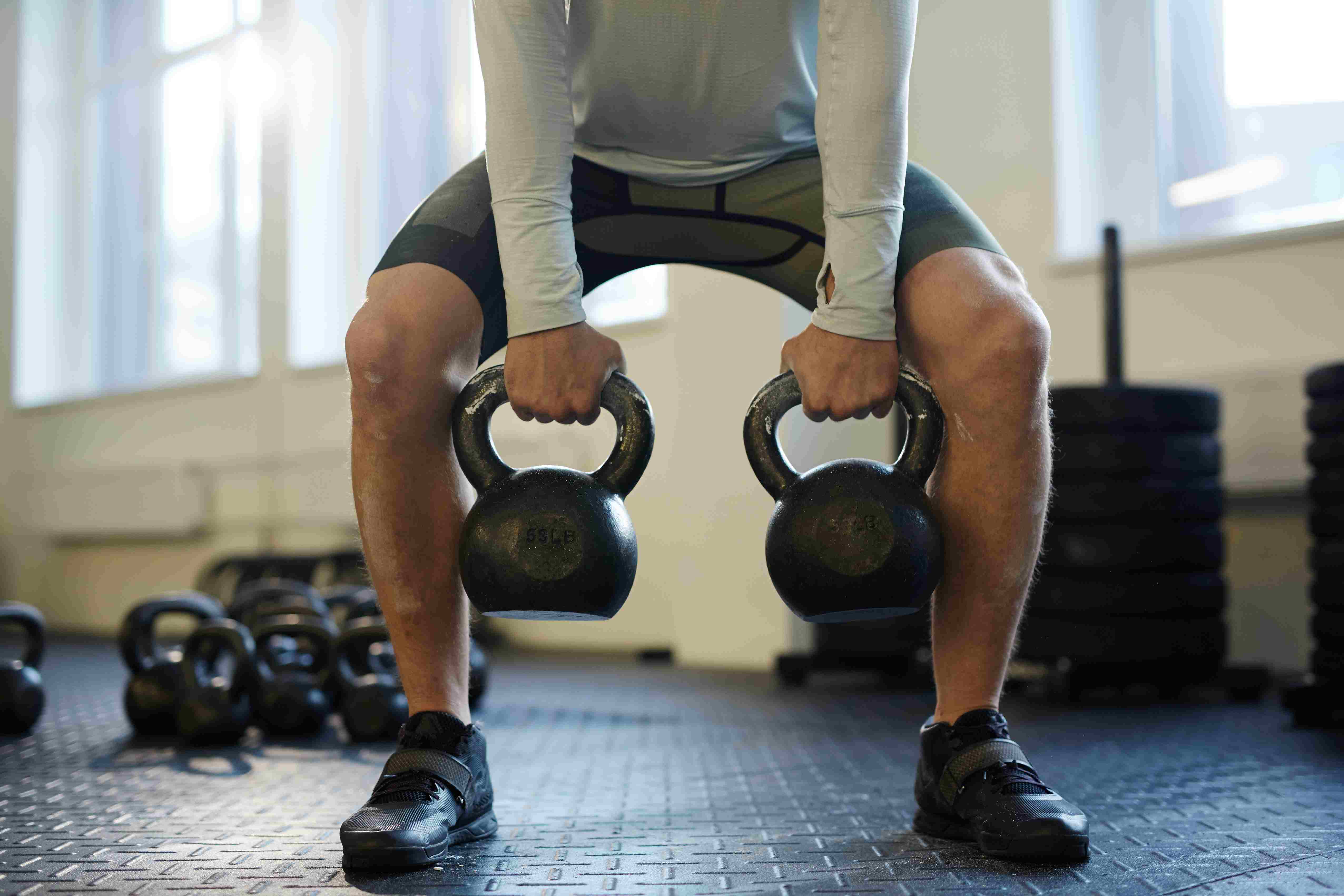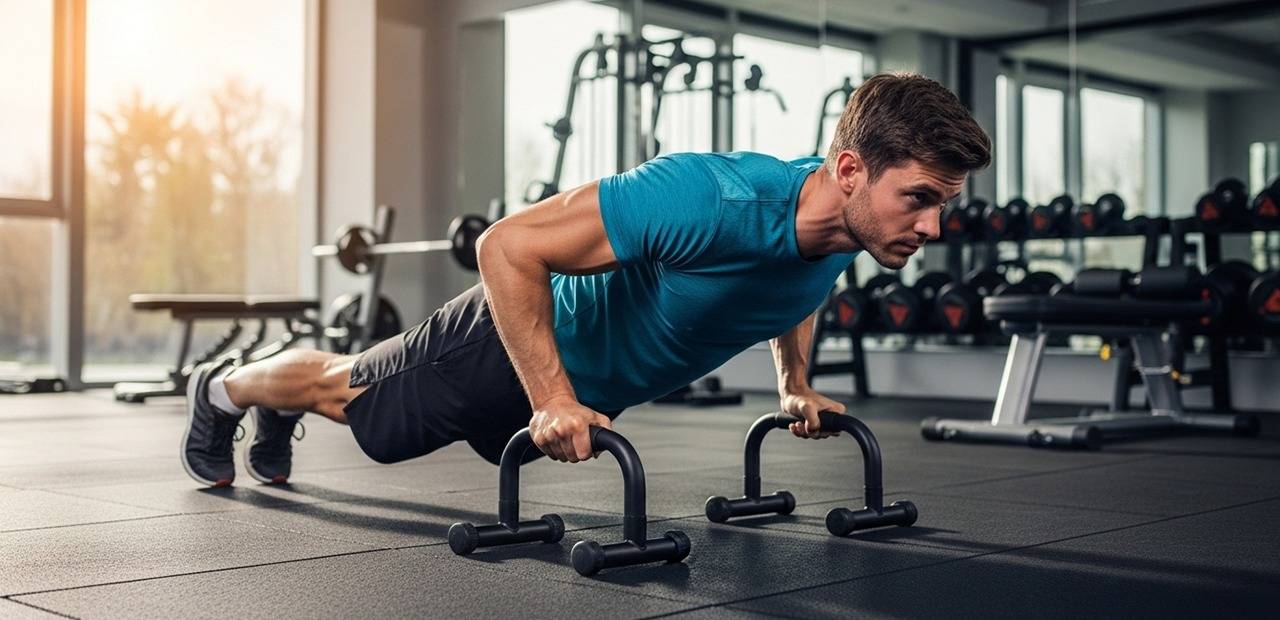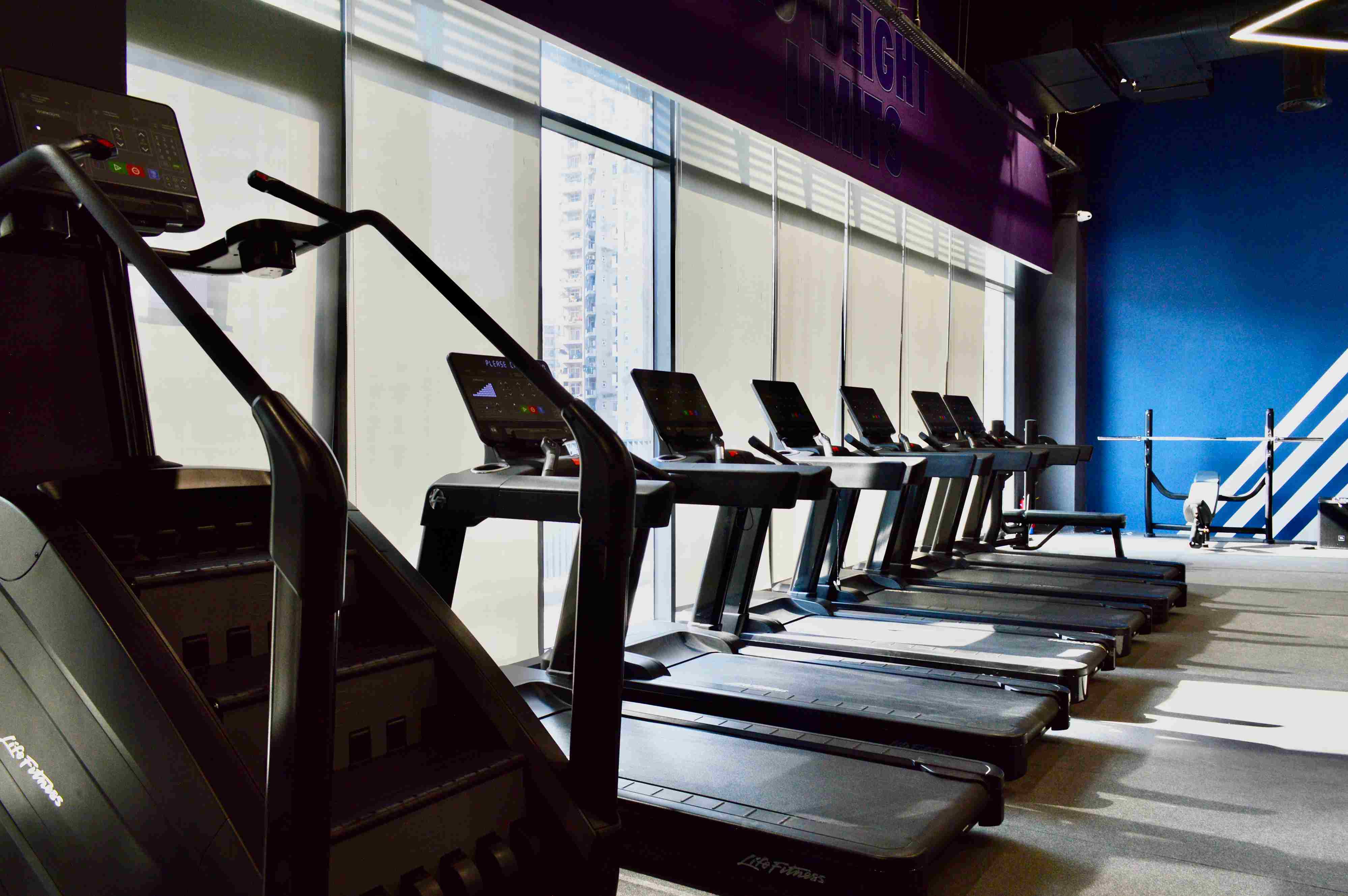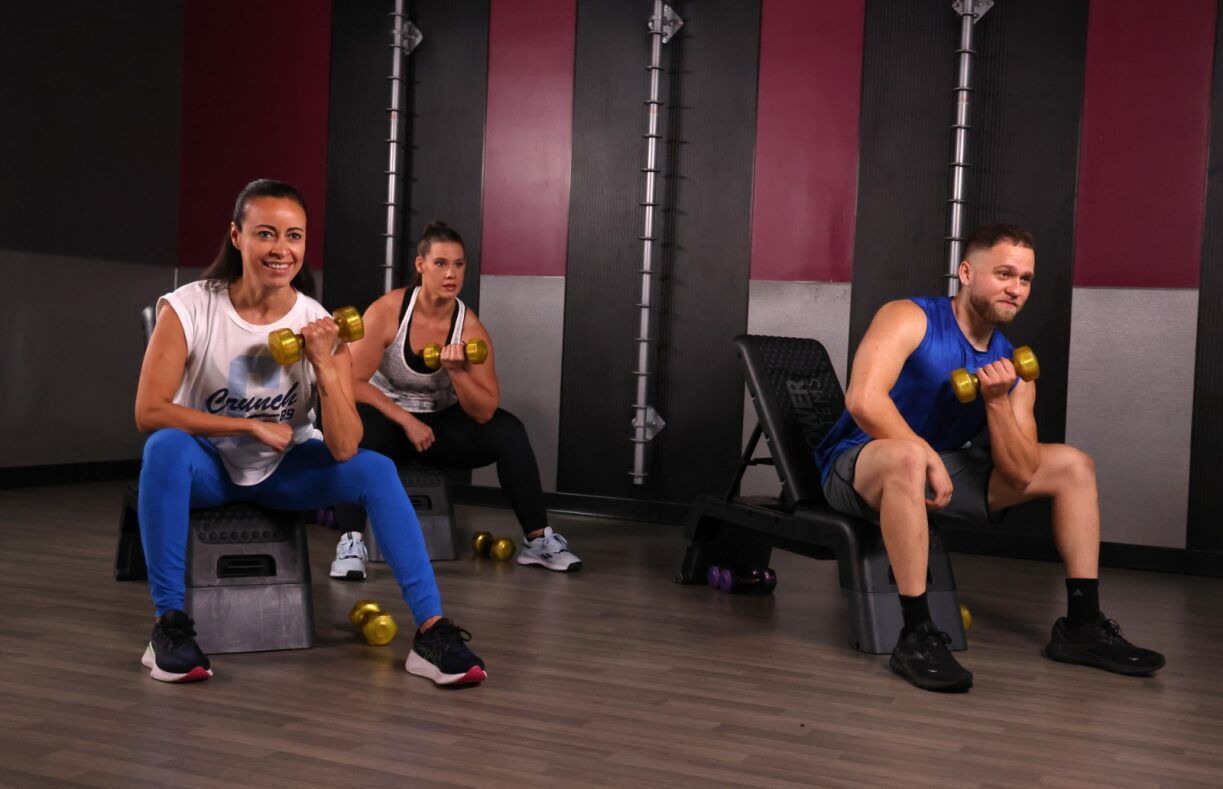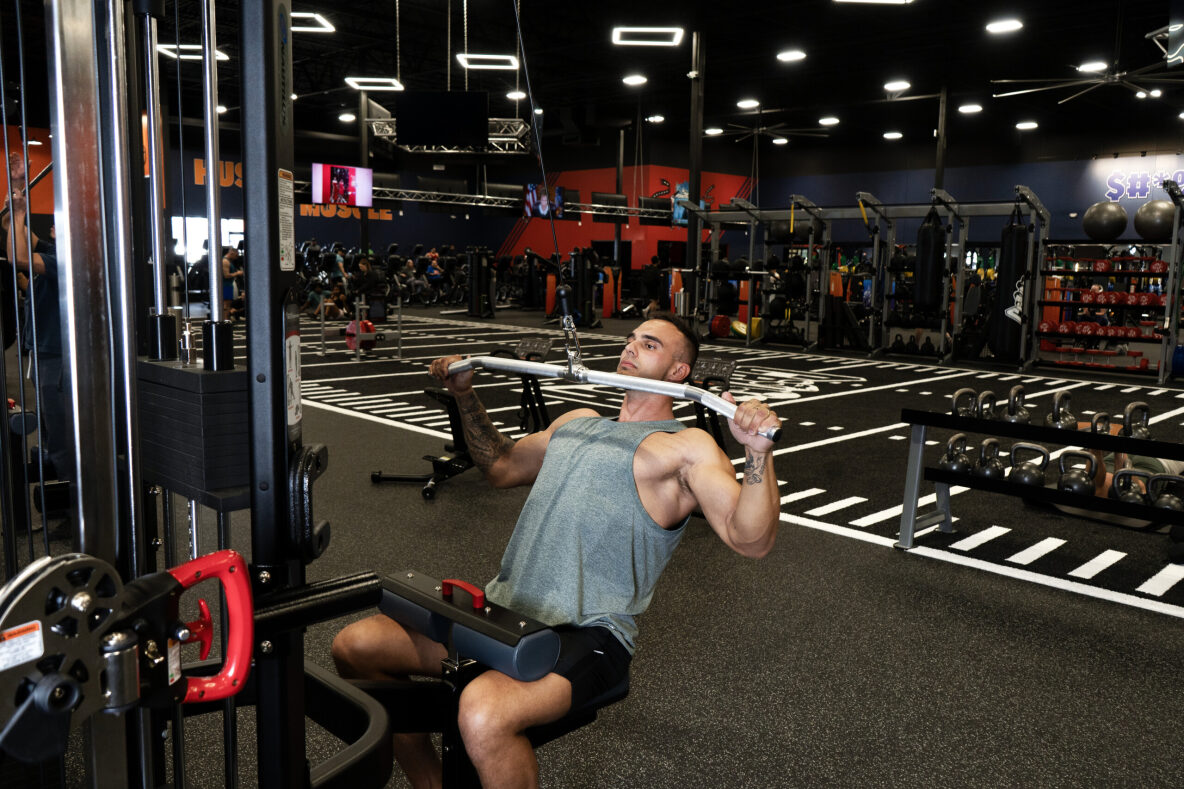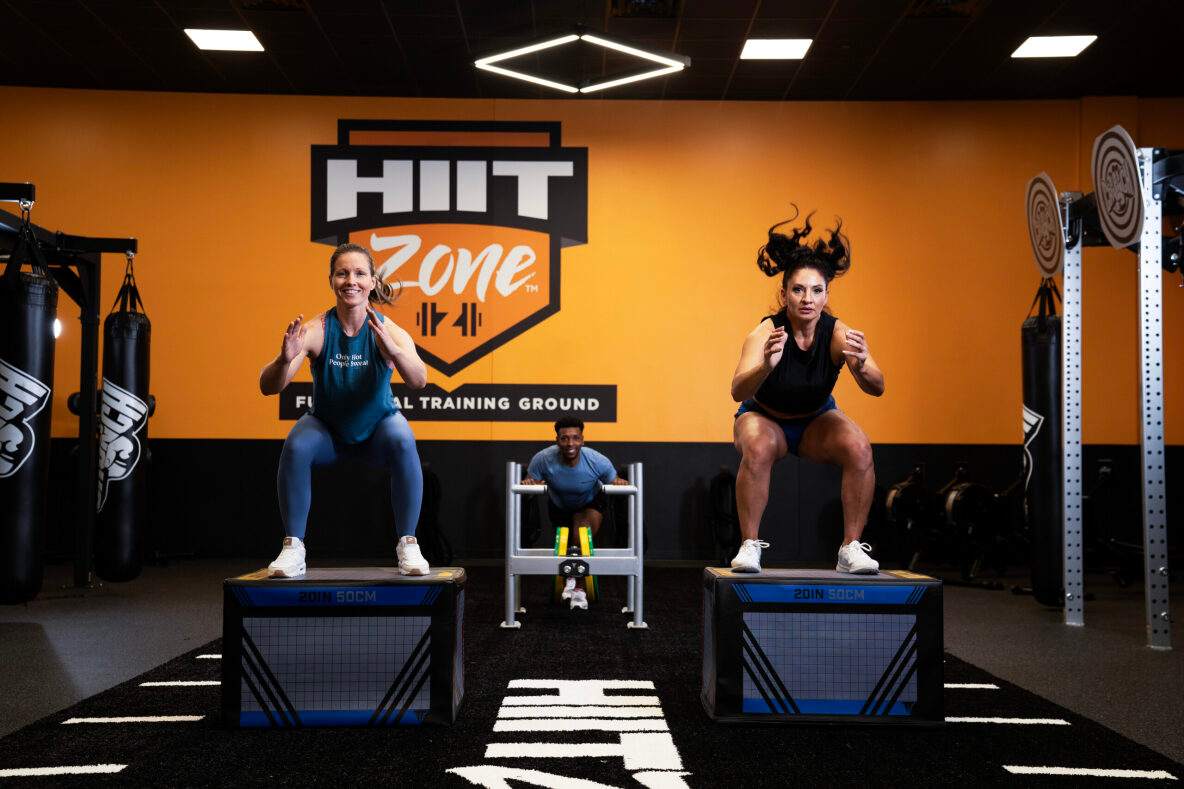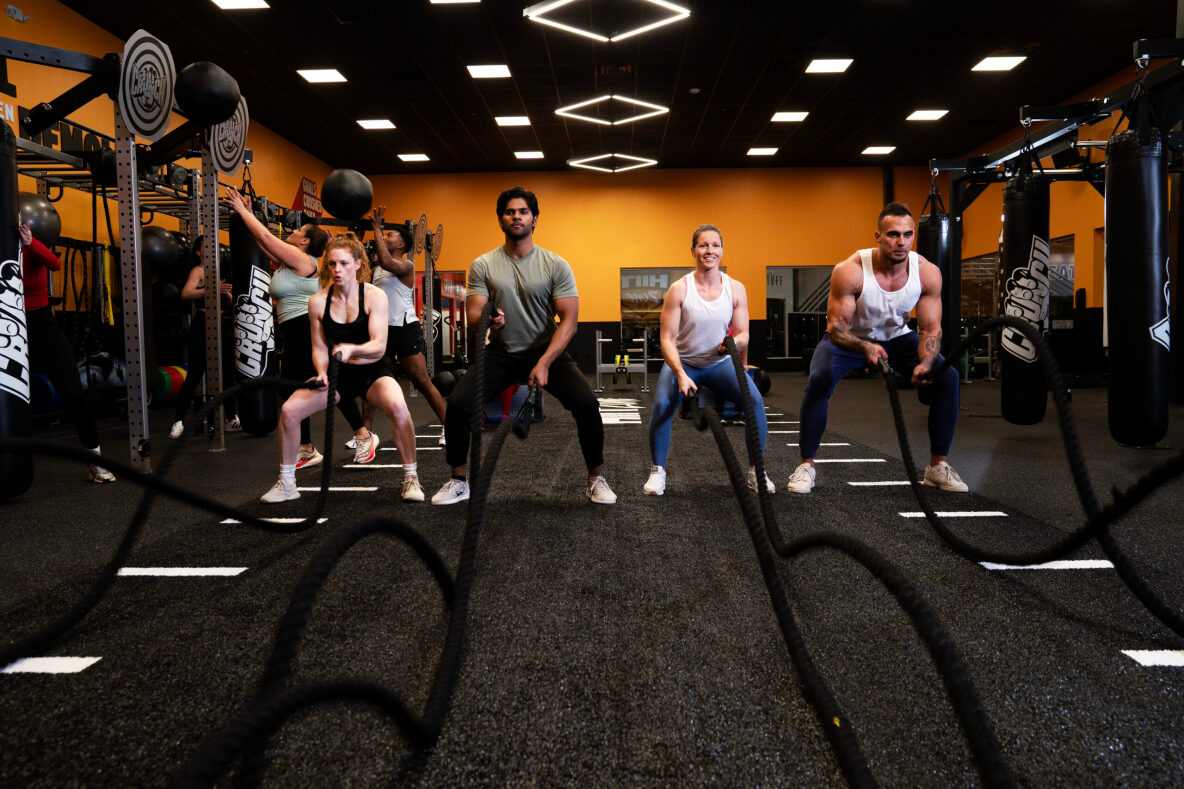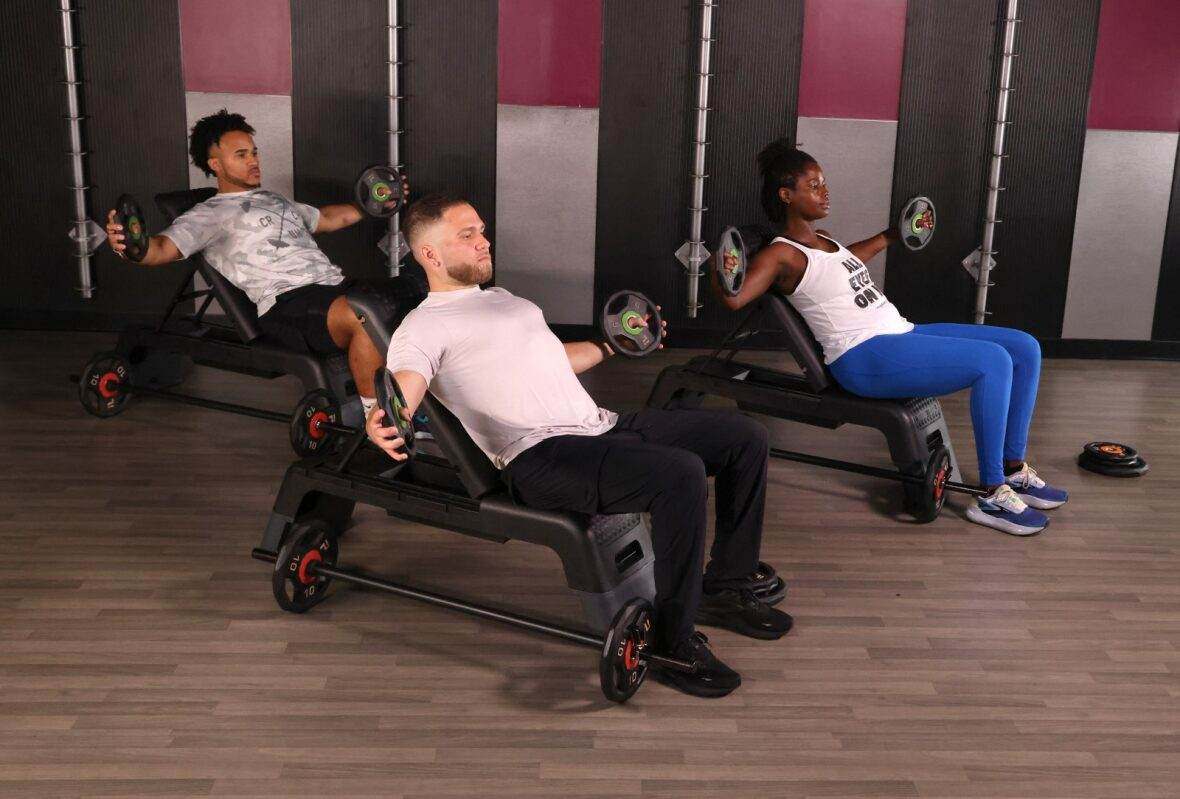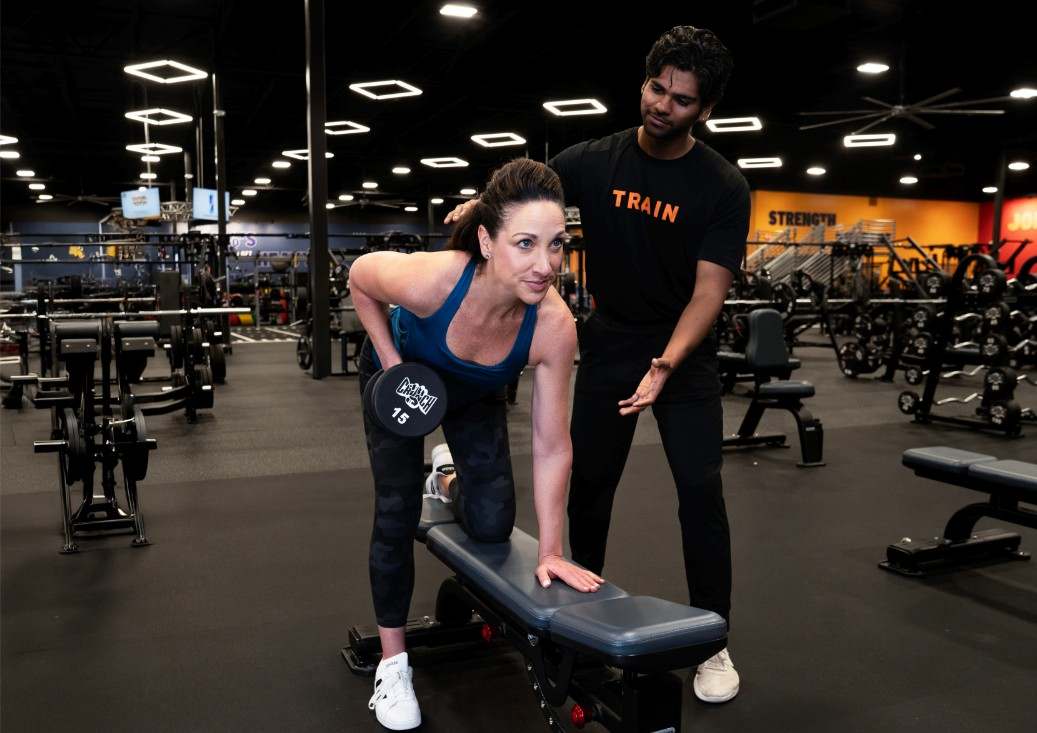The fact is, recovery is not a passive one where you just have to sit around and wait. Rather, it is a chance to develop a stronger and more durable body.
This is the time of smarter recuperation. We are exploring the controlled and active movement science which is actually very helpful in the healing process as it gets fresh nutrients delivered faster, scar tissue is remodeled, and the nervous system is retrained.
Recovery should no longer be considered as a necessary break that has been forcibly taken from you. Instead, you can think of it as your next strategic move. Do you want to leave the couch and start moving smartly?
The Paradigm Shift
One could have used the same advice as a default for any kind of soft tissue injury for many years: a sprained ankle, a tweaked hamstring, a shoulder strain. And that advice would be written in one acronym:
R – Rest
I – Ice
C – Compression
E – Elevation
And we all know that it was the way most of us treated injuries. After getting hurt, you immediately put your foot up and become a human ice pack. But in fact, while R.I.C.E. is helpful for the immediate pain and swelling control just after an injury, it doesn’t explain the entire story of the healing process.
The challenge with absolute rest is that it only treats the symptom—the pain—without providing the necessary repair work inside.
Total immobilization can result in muscle atrophy (you lose strength very rapidly!), joint stiffness, and the development of scar tissue that is weak, disorganized, and very susceptible to being injured again. So you end up not only being healed but also weaker and less mobile than before.
The better part of it? The concept has essentially undergone a major change. Most modern practices now recommend Controlled Mobilization and Active Recovery. The idea is not to rest yourself in recovery but to move yourself back to strength. Let’s figure out how to do it.
The Science of Smart Movement
In order to recover in a smarter way, it is essential to comprehend first how movement influences the body at a cellular level.
It is something far beyond just "loosening up." The main idea behind active recovery is essentially to send the body's internal architect to fix the tissue in a very accurate way, not in a destructive way.
Circulation and Nutrient Delivery: The Express Lane
The light, controlled movement (for example a gentle walk or a slow ride on a stationary bike) brings the most immediate and vital positive effects to the body, these being circulation and nutrient delivery.
What increased circulation does, being propelled by muscle contraction, is basically the delivery service that is speeding fresh, oxygenated, nutrient-rich blood to the area that is damaged.
At the same time, it accelerates the lymphatic system, which is very important for the removal of swelling and cellular debris. If there is no such movement, the area becomes a place where everything stays the same and thus the process of healing stalls.
Collagen Alignment: Engineering Stronger Tissue
One of the most, if not the most, significant functions of controlled movement is probably the involvement of the Collagen Fiber Alignment and Scar Tissue Remodeling. When the body experiences an injury, it quickly patches up the new tissue, the so-called scar tissue, which is mostly made of collagen.
At first, this collagen is laid down in a disorganized manner, like a bunch of ropes thrown together. This random meshwork is both weak and unyielding and that is why the area of the body is not re-injury safe.
Smart movement plays a major role here. Once a controlled, gentle tension and stress are applied to the healing tissue, in no case should one go into sharp pain—you are providing the mechanical signals necessary for the collagen fibers to orient themselves parallel to the lines of tension.
The whole process, called remodeling, changes the frail patch into a strong, flexible, and well-organized tissue that can endure the forces of everyday life as well as hard exercise. You are truly doing the work of replacing the temporary fix with a strong, integrated repair.
Also Read: Relax And Recover With Crunch Fitness For Lasting Results
Proprioception and Pain Modulation
Active Recovery is also very important in regaining Proprioception and Neuromuscular Control. Proprioception is the internal sense of the body—the awareness of the position and movement of your body in space.
The moment an injury happens, this system is the first one to be compromised which is the reason behind the "my joint feels wobbly" type of sensation.
Specific, low-intensity balance and stability exercises can help the brain and the whole neuromuscular system to "re-wire" the communication between the joint, the muscle, and the brain thus improving stability and coordination at a long-term level.
At last, movement may well be considered as a form of natural pharmacy. Light work out leads to the production of endorphins which are the body’s natural painkillers.
This not only assists the pain signal to be regulated but also lifts the mood helping the whole process of getting fully healthy to be much less of a mental challenge.
Principles of Active Healing (The "S.M.A.R.T." Framework)
One really needs a clear set of rules. The S.M.A.R.T. Framework, as we are calling it, is a guide to make sure that your active recovery is just what the doctor ordered - healing and strengthening your body.
S- Start with slow and sub-symptom movement
The most important rule that you should live by is this: under no circumstances should you try to push into sharp, electric, or increasing pain.
M - Mobilize & Stabilize Before
Apart from the thought of lifting a weight, concentrate on regaining Range Of Motion (ROM) and turning on your deep stabilizing muscles.
A - Alternating the Load
It is usually both physical and mental mistakes that come from one injury and that is to let the whole body be your bench.
R - Re-Integrate Foundational Patterns
Don’t abruptly jump back on compound lifts (squats, deadlifts). Rebuild the movement pattern with zero or minimum load instead.
T - Tracking, Tuning, and Trusting the Process
Recovery is not usually straightforward. There will be days when everything goes smoothly and days when you are left with a feeling of frustration.
Conclusion
Your body should not be overprotected; it requires certain, intelligent signals to be able to lead the repair crews effectively. By accepting controlled movement and the use of such methods as the S.M.A.R.T. method (which helps your progress), you are on your way to creating the strongest possible repair. Always respect the red flags: sharp, shooting pain is a signal that you must cease, and never hesitate to consult a doctor if you are unsure.
But, having the understanding of the “why” and the “how” to move, then you are not a mere audience but a game player who can confidently direct the return-to-their-form story. You will not just be coming back but will also be stronger, more stable, and better than ever before, and thus, you will be fit to face the action!
Happy healing!
Frequently Asked Questions (FAQs)
Q1. What is active recovery?
Active recovery is the low-intensity engagement of the body (such as light cardio or stretching) after a heavy workout or injury to keep the blood flowing, relieve muscle soreness, and speed up the healing process without overloading the body.
Q2. Is active recovery better than rest?
In many cases, yes, particularly for non-acute muscle soreness and chronic injuries. It warms up the body, makes the removal of metabolic waste (like lactate) quicker, and is more effective in stiffness prevention than complete rest.
Q3. What is active vs passive recovery?
Active recovery means the continuation of movement (e.g., light jogging, cycling) whereas passive recovery means a halt in movement (e.g., sitting, sleeping, or simply resting the injured area).
Q4. How long should active recovery last?
Typically, an active recovery session lasts from 10 to 30 minutes. As for injury recovery, the time allotted depends on the specific instructions from a physiotherapist.
Q5. Is walking good for active recovery?
Indeed, walking is a very good method of active recovery. It is gentle, helps the blood flow, and softly moves the joints without causing them to be stressed or exposed to high-intensity muscle contractions.
Explore More Articles
CLOSEST CLUB
Your Local Crunch Noida
SEE OUR MEMBERSHIP OPTIONS





